Have you ever wondered why, as a U.K. or European vaper, you can’t buy 5000-puff Elf Bars or 50mg/ml vape juice in a 100ml bottle?
No matter if you believe that is a good or a bad thing, the reason the Brits, French, Germans, and most other Europeans are stuck with a 400-puff disposable or a 2ml pod vape is TPD.
- TPD stands for Tobacco Products Directive. It is a baseline set of rules that govern the manufacture, sale, and marketing of tobacco and nicotine products in most European countries.
- The United Kingdom, no longer a part of the European Union, employs a very similar yet separate set of tobacco and nicotine rules. These are known as TRPR or the Tobacco and Related Products Regulations.
- For vapers, the key things that the TPD and TRPR rules regulate or limit are nicotine strength in e-liquid (no more than 20mg/ml), tank/pod volume (no more than 2ml), and refill bottle size (no more than 10ml).
- While it is worth checking before visiting, travelers to Europe from countries where the TPD does not apply are generally allowed to bring non-TPD-compliant vape products with them for personal use.
What is the TPD?
The TPD or Tobacco Products Directive is a set of rules that govern the manufacture, sale, and marketing of tobacco and nicotine products in all member states of the European Union. It was first introduced in 2001 as a way to standardize tobacco products across the EU and make them safer for consumers and less appealing to children.
The TPD originally covered things like allowed levels of tar and how tobacco products could be advertised, but was expanded over time to include rules on packaging design, the size of cigarette packets, tobacco flavors, and ways to ensure the legitimacy of a product to prevent counterfeiting. Something that definitely wasn’t covered at the beginning was e-cigarettes.
Just like with the “Deeming Rule” in the U.S., the directive had to be amended to include e-cigarettes more recently. This amendment, which wasn’t only concerned with vapes, was made to the directive in 2014 and came into effect in May 2016.
Although the TPD is a set of rules European states must adhere to, it is only really a baseline. Individual EU members can add to the directive, implementing their own tobacco and nicotine controls on top of those set down by the European Parliament.
What is TRPR?
TRPR, or the Tobacco and Related Products Regulations, is the United Kingdom’s version of TPD. It is a set of regulations, which include almost all of the rules in Europe’s TPD, aimed at strengthening tobacco control in the U.K.
On top of the core regulations imposed by the TPD, TRPR includes tighter rules on health warnings on packaging, misuse of terms like “organic” and “natural” about tobacco products, and aims to provide increased regulation over e-cigarettes.
What Does TPD Mean for Vapers?
While not exclusively aimed at vaping, the 2016 amendment to the TPD did have a big impact on European vapers. Indeed, many vapers at the time saw it as the start of a stealth ban and there was a lot of discussion about it being the “end of vaping.” Nearly a decade later, with vaping never more under attack than it is today, the European model of vape control stands out as one of the more rational and moderate in the world.
The main changes the introduction of the TPD brought to the vapers of the EU include:
E-liquid Nicotine Concentration: Under TPD rules, vape juice cannot contain more than 20mg/ml of nicotine. Several European countries took this further and reduced the maximum allowed to 18mg/ml or even 16mg/ml.
Refill Bottle Size: E-liquid that contains nicotine cannot be sold in bottles of more than 10ml. This rule led to vape juice manufacturers introducing Shortfills: 60ml or 100ml bottles of flavored, nicotine-free liquid, to which users could add unflavored nicotine “shots”.
Vape Tank Volume: The maximum amount of e-liquid a single vape device can contain is set at 2ml. That means the tanks or pod size of refillable vapes can only be 2ml, and disposable vapes can only be pre-filled with 2ml of liquid. As an unintended result of this limit, countries like the U.K. now have millions of discarded disposable vapes to deal with each week.
Product Consistency: All of the ingredients in vape liquids sold in the EU have to meet high standards of purity. Vape devices must also deliver a consistent amount of nicotine from each comparable puff.
Child Safety Measures: E-liquid can only be sold in child-proof and tamper-proof bottles. Europe is also increasingly seeing tanks and pods that include mechanisms to prevent children from accessing the liquid inside.
Possible Ban on Distance Sales: The directive gives EU member states the option to ban distance (or online) sales. Some countries, such as the U.K. (which kept many of the TPD rules after voting to leave the EU in 2016) allow online sales. Others, including Denmark and Italy, chose to implement restrictions on distance sales.
Using Non-TPD Vapes in Europe
Travelers to Europe from countries where the TPD does not apply are generally allowed to bring non-TPD-compliant vape products with them for personal use. It is worth checking the vape laws of the specific European country you are traveling to, but it is unlikely that many would have a problem with a tourist bringing in a couple of 10000 puff, 50mg/ml vapes to use on their two-week vacation.
As far as we are aware, the only place in Europe where vaping is banned entirely is in Vatican City. Several countries, including France, have set out plans to ban the sale of disposable vapes, but this is not the same as banning the use of disposables by visitors. Again, it’s worth checking up on this (once the ban comes into force) before traveling.
The Bottom Line
Although TPD rules are unlikely to remain as they are forever, right now they seem to be a good compromise between protecting consumers and allowing vaping to be used as an alternative to smoking tobacco. The directive might not be perfect in the eyes of every vaper, but regulation that aims to protect vapers and reduce the appeal to teenagers while allowing innovation and improvements in the development of e-liquids and vape devices has to be a good thing.

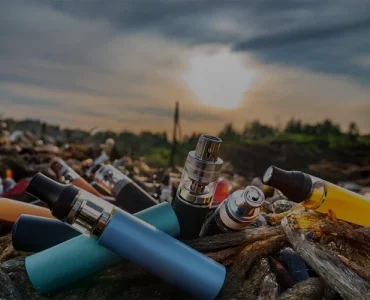



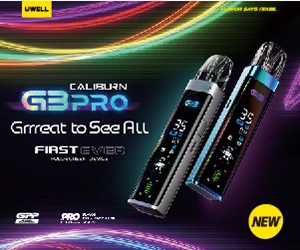
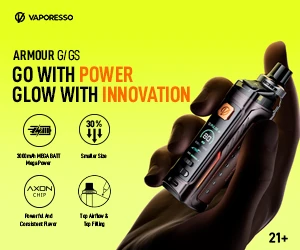
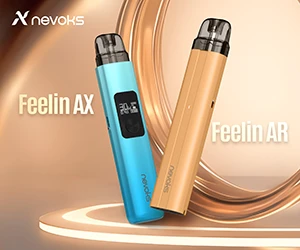
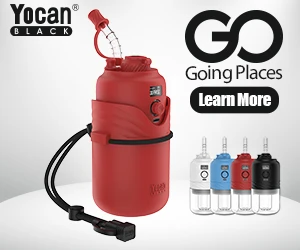

Add comment